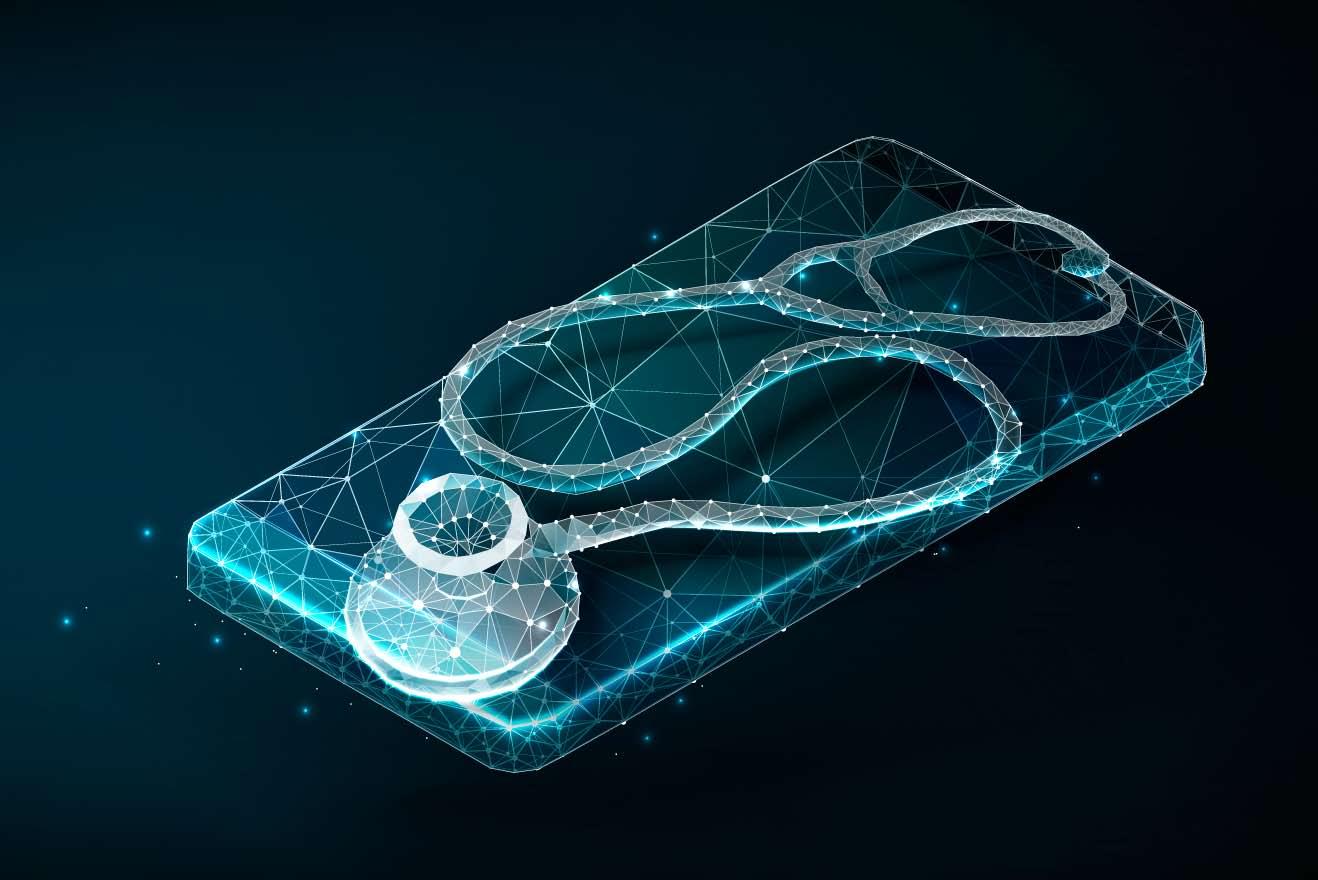
3 minute read
Rethinking Workforce Skills To Become Ready For Future
from OSOZ World
by OSOZ Polska
Digitalisation disrupts the way doctors and nurses used to work. We have to get ready for the redistribution of tasks, new roles and forms of teamwork within and beyond the health system. James Buchan – Senior Visiting Fellow at The Health Foundation – reveals during the European Health Forum Gastein how to adapt health workforce to new models of care.

Advertisement
What new skills do health workforce need to adapt to the digitalisation of healthcare?
The important starting point is to be clear that digitalisation should be an enabler for effective and efficient delivery of care; it should not “drive” the process of care delivery. As such there is a need both for the health workforce to have a good understanding of what digitalization will mean in practice, and also that they are trained to make the best use of the enabling technologies that exist – this includes data literacy, and acknowledging that patients and clients will “own” the data, or be increasingly be as aware of data, as the health professional. Some health professionals will also be directly involved in identifying scope for new types of digitalisation and designing and implementing these innovations.
As we gain access to electronic health records, the role of doctors is changing. Now, they are also patients’ coaches and navigators. What are the chances and threats behind this change in medicine?
There are obvious risks related to data protection which will have to be addressed as a priority. In addition, it will be the case that some health professionals may resist using these records if they believe it will undermine their status and role, or because they do not wish to undertake training. This has already happened in some countries. So part of the process must be awareness-raising both amongst professionals and the public about the positive potential benefits of EHR, and also clear messages about data protection and use. The opportunities are clear, in terms of improved efficiencies and effectiveness of individual care, plus the scope to make use of aggregated and standardised data to inform clinical practice and health policy. The risks relate to diseconomies and inefficiencies if there are multiple overlapping technologies used to generate EHR; risks of data misuse, and problems if health workers are not appropriately trained in data inputting and in EHR interpretation.
Healthcare professionals will also have to learn how to work together with artificial intelligence. AI will be a part of care
»TheHealthworkforce The Health workforce need a good understanding of what digitalisation will mean in practice.«
teams. Should doctors and nurses now study also informatics to get used to new technologies?
Developing a basic understanding of informatics should be part of the curriculum for undergraduate health professionals. Equally importantly, it must be part of the refresher training/continuous professional development of those already in the workforce.
How to implement skill-mix innovation in healthcare settings?
Too often, the focus on skill mix change takes a narrow “technical” perspective, based on data analysis being used

to identify skills gaps or scope for skills changes. This is an important building block, but the reality is that skill mix change must also take account of broader change management. As such, it must be based on a clear understanding of both the costs and benefits of the change, what the change will mean for patients, clients and staff, and what are the barriers and enablers to achieving sustained change and improvement. Some skill mix changes may require a national shift in regulation and legislation. This should not prevent the change being considered, planned and implemented, but points to the scale of efforts that may be required. The key point is to keep focused on the benefits of the change, as the process of implementation is managed, and to have an effective communications strategy.
For what kind of disruptions do health workforce have to be ready in the future?
External political and economic shocks will continue to impact, often when least expected. The internal disruption caused by funding changes, and population health priority change will also be ever-present. In this context, technology can be a tool for adapting to, and dealing with these changes.










